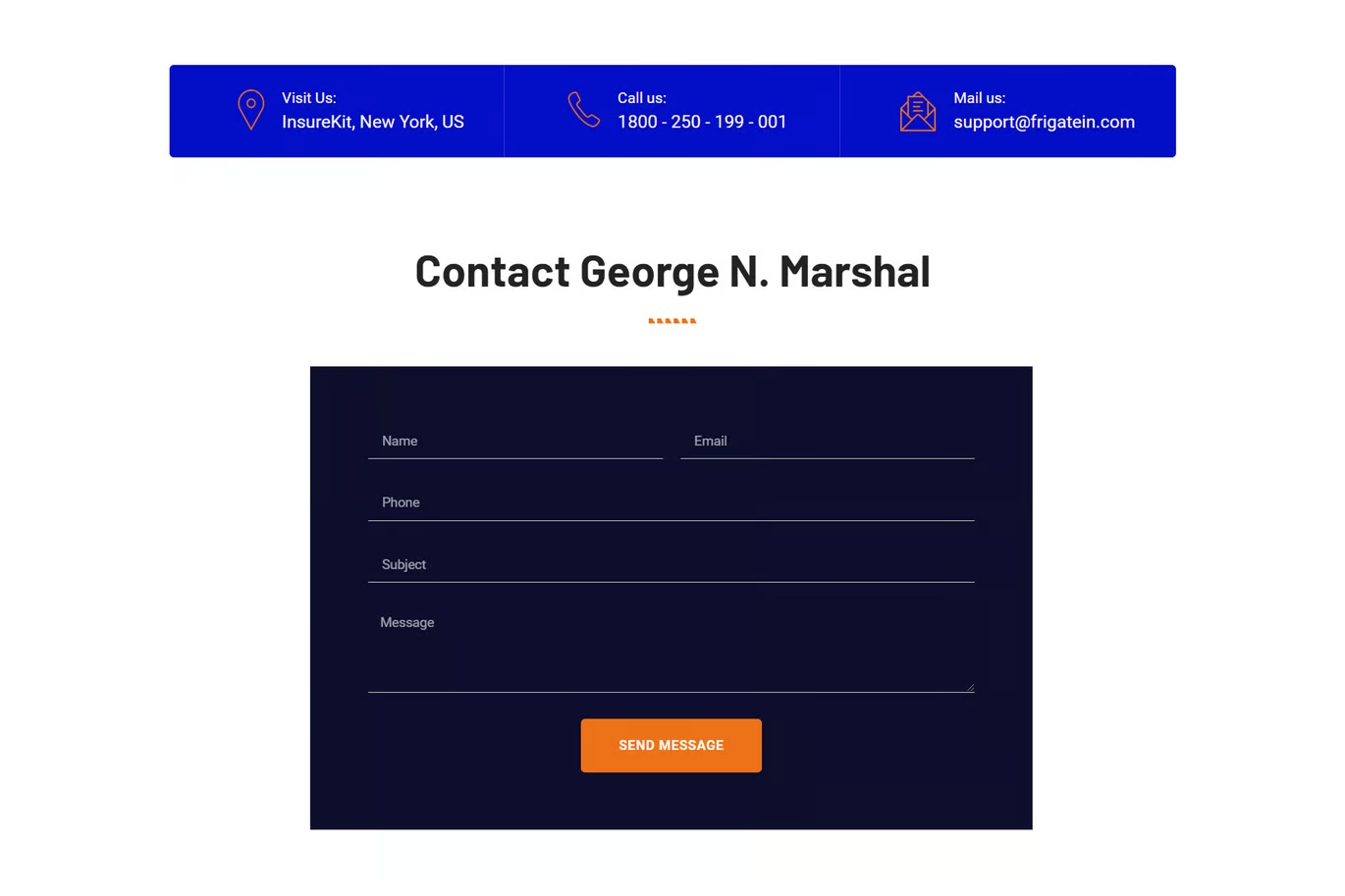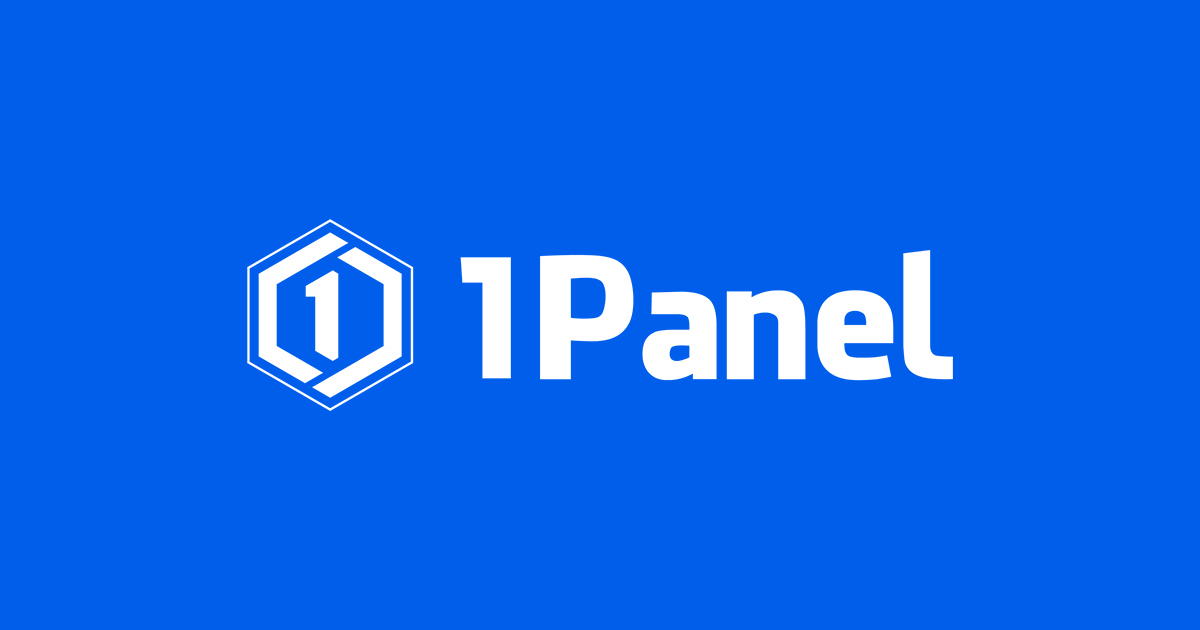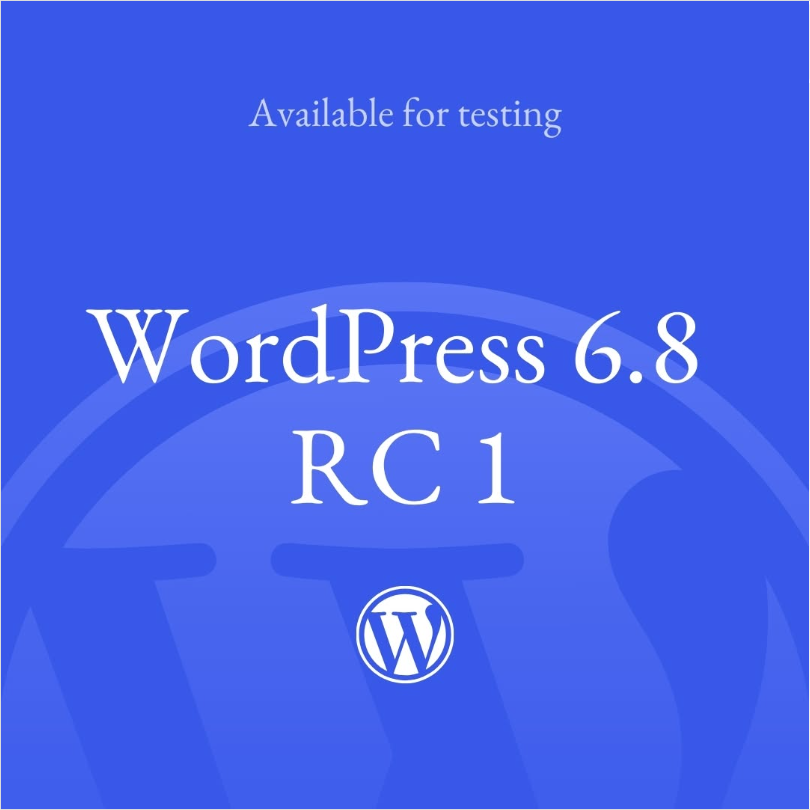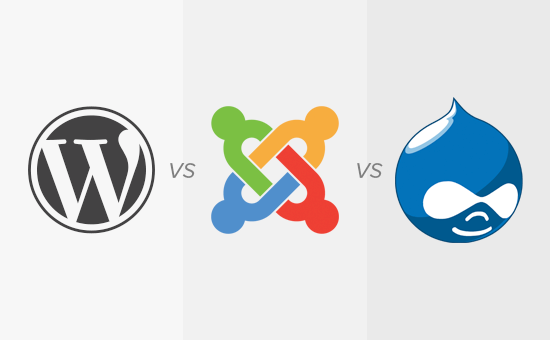Over the two decades of development, the way websites are built has gone through several major changes. From static web pages, to PHP-driven dynamic content, to the current JAMstack architecture, developers are constantly looking for faster, more secure, and more flexible solutions. Open source CMS (Content Management Systems) have always played a central role in this process.
1.1 What is tradition CMS
Traditional CMS (e.g. WordPress, Drupal, Joomla) use the Monolithic Architecture (MA), i.e., content management, front-end presentation, back-end logic, and database are tightly coupled together.
specificities::
- incorporation: Content storage, management and rendering are done by the same system.
- Rapid website building: Installed and ready to use, lots of plugins and themes for quick expansion.
- user-friendly: WYSIWYG back-end administration for non-technical users.
![Image [1]-From Traditional CMS to JAMstack: Explaining the Modern Role of Open Source CMSs](http://gqxi.cn/wp-content/uploads/2025/09/20250929141432579-image.png)
1.2 Advantages of a Traditional CMS
- High popularityWordPress accounts for more than 40% of the world's websites.
- ecological perfection: Lots of plugins, themes, community support.
- Go live quickly: SMEs can build official websites, blogs, and e-commerce sites in no time.
1.3 Limitations and pain points
However, as the complexity of the front-end and the needs of users increase, the traditional CMS exposes some problems:
- performance bottleneck: Dynamic rendering relies on database queries and is not as fast as static generation.
- safety risk: Too many plug-ins, lagging versions, and frequent hacking.
- Poor scalability: Front-end and back-end coupling makes it difficult to support multi-end distribution (web, mobile, IoT).
- Development Restrictions: Front-end developers are tied to fixed templates and frameworks with insufficient flexibility.
II. The Rise of the JAMstack Architecture
2.1 What is JAMstack
JAMstack Referring to:
- JavaScript
- APIs
- Markup
The core idea is:Complete decoupling of front and back endThe front-end accomplishes display and interaction through static files and API calls, while the back-end is only responsible for data and services.
![Image [2] - From Traditional CMS to JAMstack: Modern Role Analysis of Open Source CMSs](http://gqxi.cn/wp-content/uploads/2025/09/20250929141521292-image.png)
2.2 Advantages of JAMstack
- Ultimate performance: Pre-built static files, distributed via CDN for fast loading.
- Higher security: There is no complex backend database exposure surface, and the attack surface is much smaller.
- Highly scalable: Free choice of frameworks (React, Vue, Next.js, Nuxt.js, etc.) on the front end, and flexible API interfacing on the back end.
- Superior development experience: Front-end engineering toolchain (CI/CD, versioning, automated deployment) dramatically improves efficiency.
2.3 Comparison with Traditional CMS
| dimension (math.) | Traditional CMS | JAMstack |
|---|---|---|
| build | Monobloc, Front and Rear End Coupling | front-end and back-end decoupling |
| performances | Dynamic rendering, database dependent | Static generation, CDN distribution |
| safety | High risk of plug-in vulnerabilities | Smaller attack surface, more secure |
| scalability | Limited to CMS templates | Access to any API/micro-service |
| (manufacturing, production etc) costs | Low entry and high long-term maintenance costs | High initial learning curve, more efficient later |
The Role of Open Source CMS in Modern Web Architecture
3.1 From monomers to Headless CMS
With the rise of JAMstackHeadless CMS The concept is gaining popularity. Unlike traditional CMSs, Headless CMSs specialize in content managementInstead of being directly responsible for the front-end display, the content is distributed to different channels through APIs.
![Image [3] - From Traditional CMS to JAMstack: Modern Role Analysis of Open Source CMSs](http://gqxi.cn/wp-content/uploads/2025/09/20250929141622171-image.png)
Typical open source Headless CMS:
- Strapi
- Directus
- Ghost (supports Headless mode)
3.2 The Value of an Open Source CMS
- openness: Freedom to deploy and modify the source code to suit individual needs.
- community-driven: Plug-ins, templates, documentation galore.
- Cost Advantage: Open source CMS is cost-controlled compared to SaaS CMS (e.g. Contentful, Sanity).
- Multi-site content distribution: The same content can be output to web, app, applet, IoT at the same time via API.
![Image [4] - From Traditional CMS to JAMstack: Modern Role Analysis of Open Source CMSs](http://gqxi.cn/wp-content/uploads/2025/09/20250929141648869-image.png)
3.3 Role of Open Source CMS in JAMstack
- Content storage and management: Replaces the integration logic of a traditional CMS and becomes the "content center".
- Decoupled from the front-end framework: React, Vue, Next.js, etc. can be freely interfaced.
- Flexible Integration: Can be combined with e-commerce APIs, search APIs, and AI tools to build modern applications.
Case Study: How Open Source CMS Empowers JAMstack
4.1 Blogs and Content Sites
utilization Next.js + Strapi Building a blog:
- Strapi manages content (posts, categories, tags).
- Next.js generates pages statically and fetches data via GraphQL/REST API.
- Deployed at Vercel, global CDN acceleration.
4.2 E-commerce websites
Nuxt.js + Directus + Shopify API
- Directus manages content (product descriptions, media resources) as a Headless CMS.
- Shopify offers e-commerce APIs (inventory, payments).
- Nuxt.js front-end rendering combined with the speed and security of JAMstack.
![Image [5]-From Traditional CMS to JAMstack: Explaining the Modern Role of Open Source CMSs](http://gqxi.cn/wp-content/uploads/2025/09/20250929141717140-image.png)
4.3 Enterprise applications
Gatsby + Ghost
- Ghost is used as Headless CMS to manage company news, blogs.
- Gatsby statically generates sites and integrates with Algolia for in-site search.
- CI/CD process automation with automatic build deployment after publishing a new article.
V. Future Trends: The Future of Open Source CMS on the Modern Web
- Headlessness goes mainstream
More open source CMSs will transition to a Headless model, deeply integrated with JAMstack. - API Eco-Extension
GraphQL, REST, and even gRPC will become the standard for CMS connectivity to the front end. - AI combined with CMS
AI auto-generated draft content, smart recommended tags, and SEO optimization will be new features of the CMS. - multiport output
A CMS is no longer just about managing web content, it's about digitizing your business. content hub, unified distribution to Web, App, AR/VR, IoT. - Open Source Communities Drive Innovation
Compared to closed-source SaaS, an open-source CMS is more responsive to developer needs and remains flexible and sustainable.
![Image [6] - From Traditional CMS to JAMstack: Modern Role Analysis of Open Source CMSs](http://gqxi.cn/wp-content/uploads/2025/09/20250929141755162-image.png)
reach a verdict
The evolution from a traditional CMS to JAMstack is Transformation of website architecture from integration to decoupling. In the process.Open Source CMS While retaining the benefits of content management, it embraces the flexibility and efficiency of the modern Web through its Headless architecture.
In the future, open source CMS will continue to be Content Management Center,Multi-site distribution,API Driver respond in singing AI Convergence and other directions to become an integral core of the modern Web architecture.
Link to this article:http://gqxi.cn/en/77983The article is copyrighted and must be reproduced with attribution.



















![Emoji[chi]-Photonflux.com | Professional WordPress repair service, worldwide, rapid response](http://gqxi.cn/wp-content/themes/zibll/img/smilies/chi.gif)
![Emoji[xigua]-Photonflux.com | Professional WordPress Repair Service, Worldwide, Fast Response](http://gqxi.cn/wp-content/themes/zibll/img/smilies/xigua.gif) [Images]
[Images]







No comments